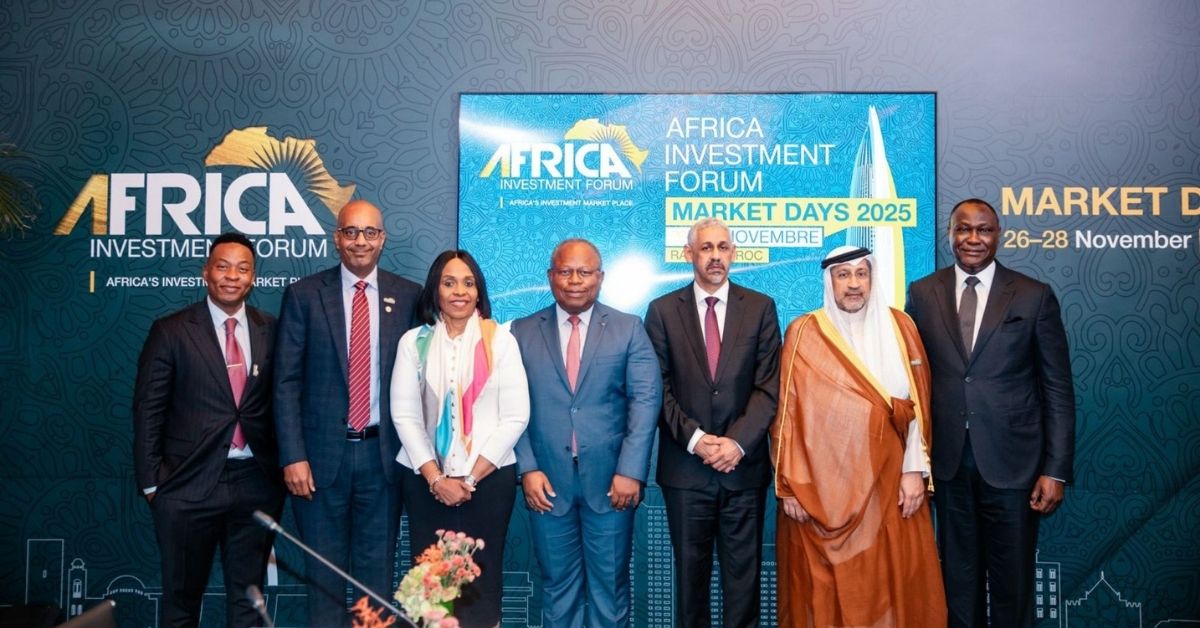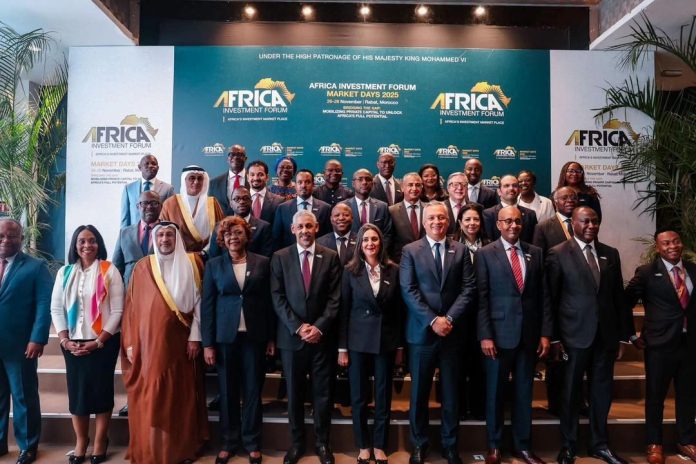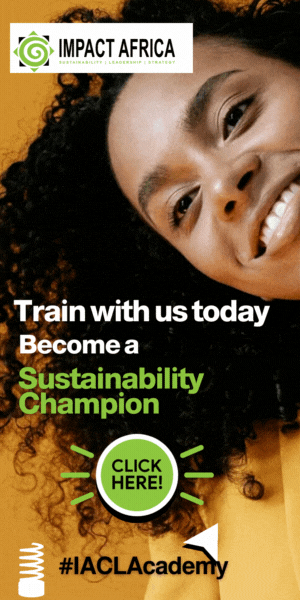On 25 November 2025, the Africa Investment Forum’s Market Days in Rabat hosted the inaugural “Mission 300” Day, a high-stakes gathering of African energy ministers, development banks, investors and philanthropic partners intent on closing a vast electricity gap: to connect 300 million people across Africa to reliable power by 2030.
The World Bank Group and the African Development Bank Group led the convening with technical and financial backing from The Rockefeller Foundation, the Global Energy Alliance for People and Planet and Sustainable Energy for All; the meeting set out national roadmaps, showcased investment-ready projects and pressed for regulatory reforms meant to make billions in private capital deployable at speed and scale.

The numbers behind the initiative are stark. Sub-Saharan Africa still contains the largest share of the world’s unelectrified population; depending on the metrics used, hundreds of millions remain off-grid or suffer intermittent supplies.
Mission 300 crystallizes a contested but urgent arithmetic: add 300 million connections in under five years and the continent moves materially toward the Sustainable Development Goal for energy; miss the target and the cost, in lost jobs, shuttered clinics, damped industrialization and persistent poverty traps, compounds. The initiative bundles this arithmetic into a political promise and a project pipeline, with 29 countries already having submitted National Energy Compacts that set time-bound targets and reforms meant to attract investors.
Read also: Morocco champions Africa-Centric ESG standards to unlock sustainable mining investment
Behind the slogans at Rabat are tangible engineering and financial choices. Ministers from Comoros, Guinea, Gambia and Lesotho used the Mission 300 platform to present concrete implementation roadmaps that detail where new generation will be built, how transmission will be upgraded and how last-mile connections will be financed. Those roadmaps do not exist in a vacuum: half of the planned additional connections are intended to come from grid extensions and upgrades; the other half from decentralized renewable solutions such as mini-grids and solar home systems.
That mix matters because it changes where capital must flow, large-scale transmission and generation projects demand long-term institutional finance and concessional support to manage currency and off-taker risks, while distributed renewable energy requires blended finance instruments, local-currency lending and streamlined permitting to reach rural households fast.
Financing architecture was a dominant theme in Rabat because the headline ambition, hundreds of millions of people electrified, translates into very large funding needs. International announcements earlier this year committed multilateral sums and signaled appetite: the World Bank and AfDB have signaled tens of billions in support, while multilateral lenders including the Islamic Development Bank and the Asian Infrastructure Investment Bank pledged further billions to back the push.
Together, governments, development finance institutions, philanthropies and private investors are being asked to close a funding gap that multilateral and market actors have estimated in the tens of billions of dollars, and to do so under pressures that range from high borrowing costs to volatile currencies and utility balance-sheet weaknesses.
The conversation in Rabat, however, shifted repeatedly from headline sums to the micro-politics of reform. Investors in the room returned again and again to the same practical obstacles: tariffs that do not cover operating costs, chronic delays in payments to independent power producers, and regulatory uncertainty that makes long-term revenue streams hard to underwrite.
Mission 300’s pitch is procedural as much as philanthropic, it offers a package of country-level commitments, project pipelines and technical assistance intended to reduce perceived and real risks so institutional capital will move. If it succeeds, the result is not just new lines and solar arrays but healthier utility finances, more predictable procurement processes and, crucially, local jobs tied to construction, operations and supply chains.
The forum format also revealed where the hard decisions will fall. Delivering electricity to remote communities is cheaper in headline terms through distributed solutions, but scaling those solutions requires new regulatory frameworks, tariff structures that protect the poorest while making providers sustainable, and absorption capacity in national planning agencies. Conversely, large grid projects can anchor industrial corridors and urban growth but take longer to build and are vulnerable to fiscal and off-taker risks.
The politics of those trade-offs have been visible in the countries that have already prepared compacts: some prioritize immediate household access via mini-grids and solar home systems, others focus on backbone transmission to unlock industrial customers that can anchor utility revenues. The choice each government makes will determine where the money flows and which citizens see impact first.
Technical assistance and blended finance models were repeatedly underscored as the linchpins for uptake. Development partners at the event described how catalytic capital, guarantees and local-currency platforms can bridge the gulf between project developers and pension funds, insurers and other institutional investors wary of frontier-market exposure.
Practical examples that exist are; regionally structured credit enhancement instruments and pooled-risk facilities that lower the cost of capital for mini-grid developers, and sovereign-backed guarantees that make long-term power-purchase agreements more bankable. Those instruments are central to Mission 300’s logic: without tailored risk mitigation, high-quality projects will remain stranded at the design stage.
Electrification alters the calculus for health care delivery, education, agriculture and small manufacturing. Clinics with reliable power can refrigerate vaccines and operate diagnostic equipment; students with light and connectivity can extend learning hours; small businesses can mechanize and scale production.
Each new connection therefore becomes an input into a wider economic transformation, but only if the electricity delivered is reliable and affordable. The Rabat meeting framed Mission 300 not as a single technical programme but as a set of policy and investment choices that will determine whether electricity simply arrives or actually translates into measurable income and service improvements.






